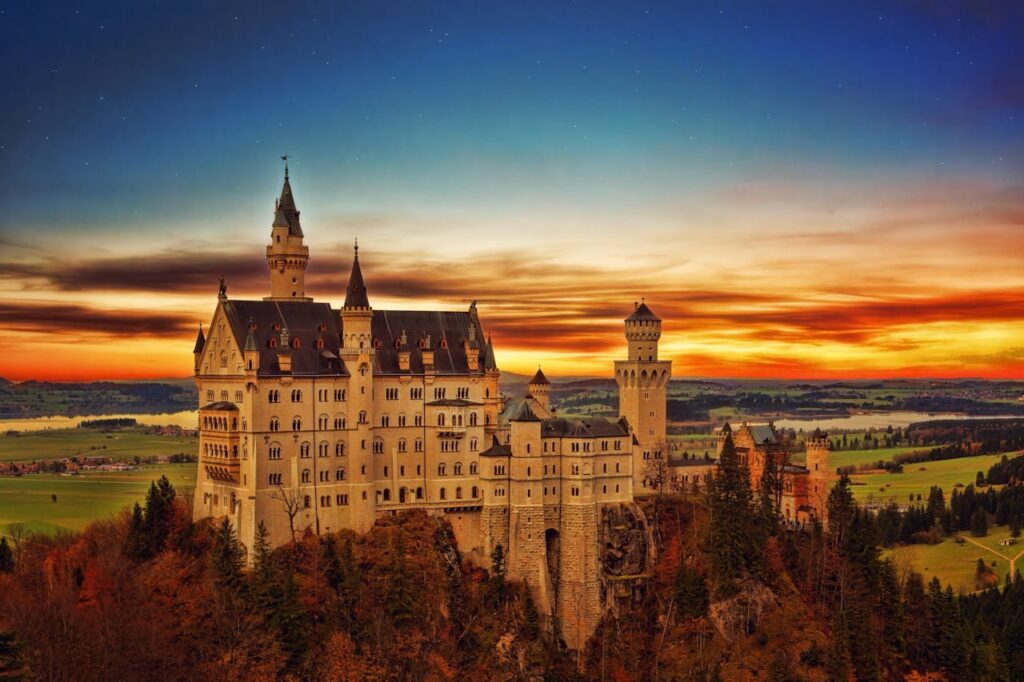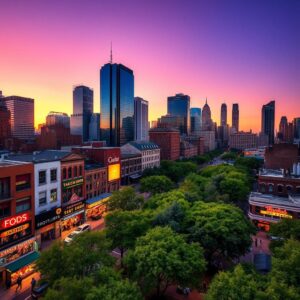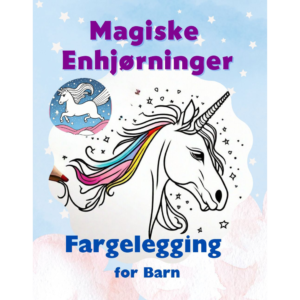
Explore & Play
Discover interesting topics and solve the accompanying crossword puzzle.
German City Crossword | Germany’s Notable Cities
Discover the German city crossword puzzle for a fun challenge, and explore our comprehensive guide to Germany’s most notable cities. Uncover the rich history and culture of 50 key cities.
Table of Contents
Welcome to our guide on Germany’s vibrant cities! To start, you’ll find an engaging German city crossword puzzle designed to test your knowledge of these notable urban centers. Feel free to tackle the crossword first to challenge yourself, or if you’re new to the topic, dive into the article that follows for a comprehensive overview of Germany’s key cities. After reading, you can always return to the crossword to see how much you’ve learned. Enjoy exploring and testing your knowledge!
German City Crossword
You can either fill in the crossword puzzle directly on this page or click the button in the bottom right corner to print it for free.

Germany: A Comprehensive Guide to Its Most Notable Cities
Germany’s urban landscape is as diverse as its history, offering a tapestry of vibrant cities, each with its unique charm and significance. From bustling port cities to picturesque historical towns, Germany’s cities are a microcosm of its cultural, economic, and historical fabric. This comprehensive guide will take you on a journey through 50 of Germany’s most notable cities, revealing their distinct features and historical contributions.
A Journey Through Germany’s Cities
Northern Germany: Port Cities and Cultural Hubs
Hamburg As Germany’s largest port city, Hamburg boasts a rich maritime heritage and a bustling cultural scene. The city’s harbor, one of the busiest in Europe, is surrounded by attractions like the Elbphilharmonie, a stunning concert hall known for its innovative architecture. Hamburg’s Speicherstadt, the world’s largest warehouse district, and the lively St. Pauli neighborhood offer a glimpse into the city’s vibrant life. Bremen Known for the famous Bremen Town Musicians statue, Bremen is a city with a charming blend of history and tradition. The UNESCO-listed Bremen Town Hall and the Roland Statue stand as symbols of the city’s medieval importance. Additionally, Bremen’s picturesque Schnoorviertel, with its narrow streets and historic buildings, is a must-see. Kiel Located on the Baltic Sea, Kiel is renowned for its maritime activities and as a hub for naval affairs. The city’s maritime history is celebrated at the Kiel Maritime Museum, and the annual Kiel Week, one of the world’s largest sailing events, draws visitors from around the globe. Kiel’s coastal charm and naval significance make it a unique destination in Northern Germany.Western Germany: Economic Powerhouses and Historical Sites
Cologne Cologne’s iconic Gothic cathedral and vibrant cultural scene make it a must-visit city in Western Germany. The Cologne Cathedral, a UNESCO World Heritage site, is an architectural marvel that dominates the city’s skyline. Cologne’s lively arts scene, numerous museums, and the annual Cologne Carnival showcase the city’s rich cultural heritage. Düsseldorf Known for its fashion and trade fairs, Düsseldorf is a dynamic city with a modern edge. The city is home to the renowned Königsallee, a luxury shopping street that attracts fashion enthusiasts. Düsseldorf’s Media Harbor, with its futuristic architecture and trendy restaurants, reflects the city’s modern vibe. Frankfurt As a major financial center, Frankfurt offers a mix of modern skyscrapers and historical landmarks. The city’s skyline, dominated by high-rise buildings, contrasts with the charming old town area around Römerberg. Frankfurt is also known for its diverse cultural offerings, including the Städel Museum and the annual Frankfurt Book Fair.Southern Germany: Cultural Riches and Architectural Wonders
Munich Munich’s rich history, beer culture, and stunning architecture make it a central gem of Southern Germany. The city is famous for Oktoberfest, the world’s largest beer festival, held annually at Theresienwiese. Munich’s historic Marienplatz, the Nymphenburg Palace, and the Deutsches Museum offer a glimpse into the city’s cultural and historical significance. Stuttgart Stuttgart is synonymous with automotive excellence and scenic vineyards, reflecting its diverse character. The city is home to the Mercedes-Benz Museum and the Porsche Museum, celebrating its automotive heritage. Stuttgart’s lush vineyards and the picturesque Ludwigsburg Palace add to its charm. Heidelberg Known for its romantic castle and prestigious university, Heidelberg exudes a historic charm. The Heidelberg Castle, perched on a hill overlooking the Neckar River, offers breathtaking views and a glimpse into the city’s past. The University of Heidelberg, Germany’s oldest, adds an academic flair to the city’s historic ambiance.Central Germany: Historical Significance and Academic Excellence
Leipzig Leipzig, with its rich musical and literary traditions, continues to be a hub of intellectual and cultural activity. The city’s association with composers like Johann Sebastian Bach and its role in the Enlightenment period are significant aspects of its heritage. Leipzig’s vibrant arts scene and historical sites make it a fascinating destination. Dresden Dresden’s beautifully restored old town and baroque architecture are a testament to its historical resilience and beauty. The Frauenkirche, a symbol of Dresden’s reconstruction, and the Zwinger Palace showcase the city’s architectural splendor. Dresden’s cultural institutions, including the Semper Opera House, add to its artistic allure. Erfurt With its well-preserved medieval old town and significant historical sites, Erfurt offers a glimpse into Germany’s past. The Erfurt Cathedral and the Krämerbrücke, a historic bridge lined with shops, highlight the city’s medieval charm. Erfurt’s role as a center of the Reformation and its rich history are central to its identity.Exploring Regional Variations
Southern Cities Southern Germany’s cities are characterized by their rich cultural traditions and vibrant festivals. Cities like Munich, Stuttgart, and Augsburg are known for their historical significance and lively cultural scenes. Each city in this region offers a unique experience, from Oktoberfest in Munich to the Renaissance architecture of Augsburg. Western Cities Western Germany is known for its economic significance and cultural diversity. Cologne, Düsseldorf, and Mainz exemplify this blend, with Cologne’s Gothic heritage, Düsseldorf’s modern flair, and Mainz’s Roman history. These cities represent the dynamic nature of Western Germany, balancing historical depth with contemporary vibrancy.Cultural and Historical Insights
Significant Historical Events Nuremberg’s historical significance is marked by its medieval architecture and its role in post-WWII trials. The Nuremberg Trials, held in the city’s courtroom, were pivotal in the prosecution of war crimes. The city’s medieval structures, such as the Nuremberg Castle, add to its historical depth. Influential Figures and Innovations Weimar, known for its cultural and intellectual history, was a center of literary and artistic innovation. The city was home to figures like Goethe and Schiller, who significantly influenced German literature. Weimar’s cultural heritage and its role in the German Enlightenment are central to its historical importance.Modern Attractions and Practical Information
Attractions and Activities Bielefeld offers a mix of historic sites and modern attractions, making it an interesting stop for visitors. The city’s historical sites, including the Sparrenburg Castle, and its modern amenities, such as shopping districts and cultural venues, provide a well-rounded experience. Travel Tips and Recommendations Traveling between these cities is made easy with Germany’s efficient public transportation network, including trains and buses. Whether exploring Berlin’s cultural landmarks or enjoying the scenic beauty of Heidelberg, practical travel tips can enhance your experience. And for those keen on testing their knowledge, check out the German cities crossword puzzle—a fun way to explore these locations!Discover Germany’s Urban Splendor
Germany’s cities are a mosaic of historical grandeur and modern vibrancy, each contributing uniquely to the nation’s rich tapestry. From the architectural marvels of Berlin to the historical depth of Nuremberg, each city offers a distinct experience that reflects Germany’s diverse character. For an engaging way to test your knowledge of German cities and enhance your exploration, try out our German cities crossword puzzle. It’s a fun and interactive way to discover more about these fascinating urban centers!Share to...
Thank you for reading 👋
I hope you enjoy the content.
I hope you enjoy the content.
Want to receive our daily crossword puzzle or article? Subscribe!
You may also be interested in
Share to…
Want to receive our daily crossword puzzle?
-
Jigsaw Puzzles
Twelve Zodiac Cow Ink Wash Jigsaw Puzzle 250 | 300 | 500 Pieces
kr 348,00 – kr 439,00 Select options This product has multiple variants. The options may be chosen on the product page -
Jigsaw Puzzles
Majestic Horse Watercolor Jigsaw Puzzle 250 | 300 | 500 Pieces
kr 348,00 – kr 439,00 Select options This product has multiple variants. The options may be chosen on the product page -
Jigsaw Puzzles
Majestic Moose in Forest Watercolor Jigsaw Puzzle 250 | 300 | 500 Brikker
kr 348,00 – kr 439,00 Select options This product has multiple variants. The options may be chosen on the product page

















